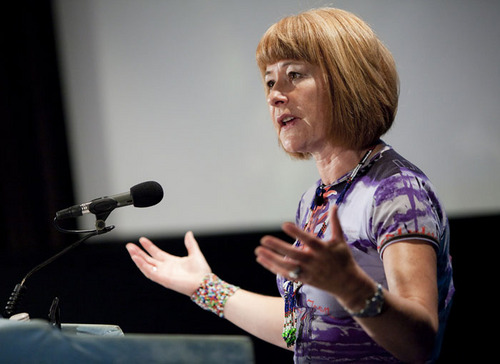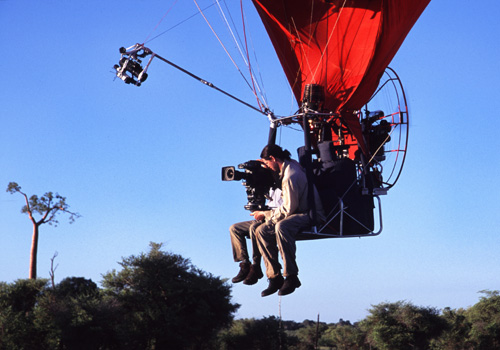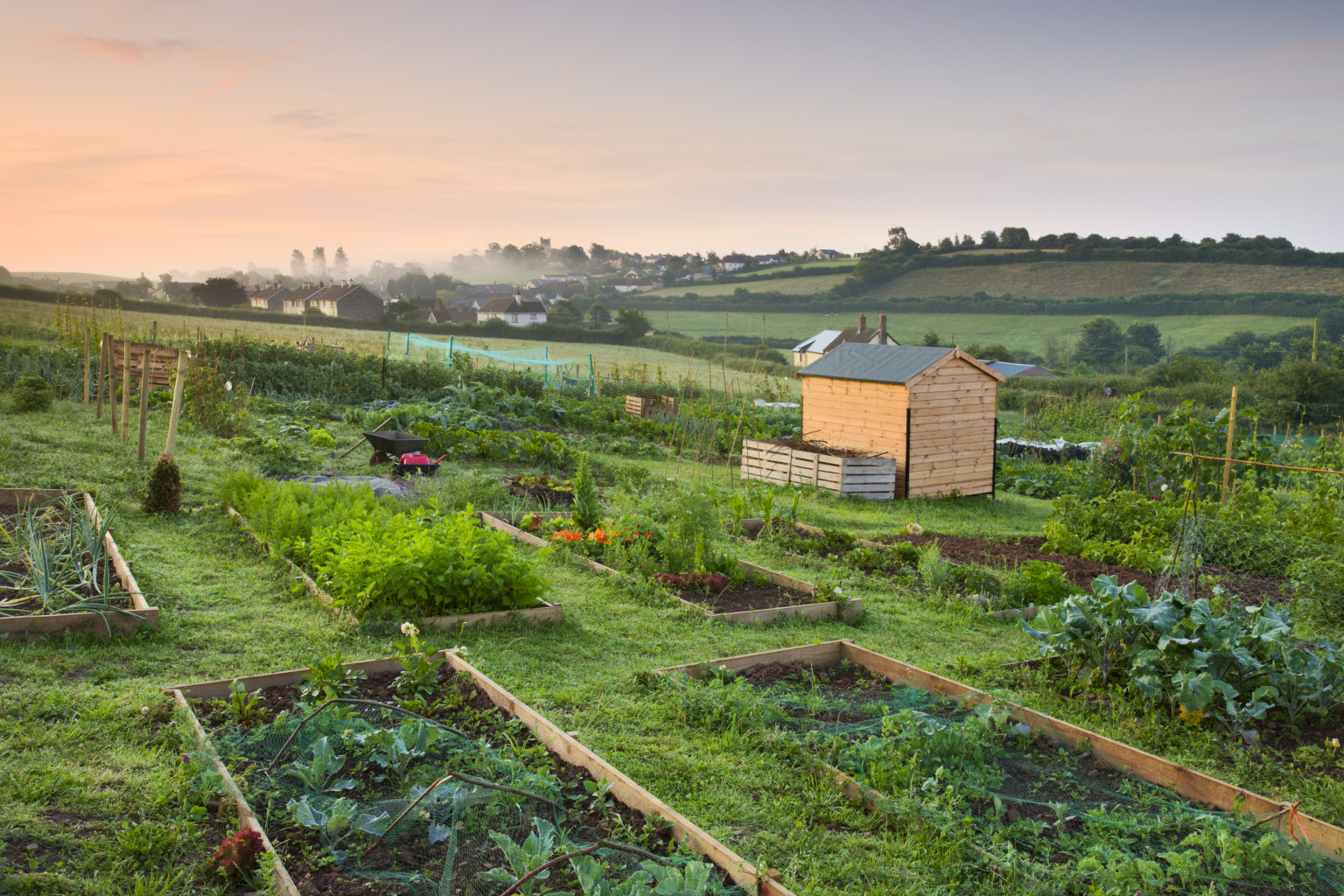As part of my pre-production for the documentary unit, I decided to look at some different interview styles.
DOCUMENTARY INTERVIEW STYLES
When I say interview styles, I mean the different ways it can be done, in terms of camera positioning, interviewer/interviewee positioning, and location/sound.
FRAMING/CAMERA/CAMERA POSITIONING
The most common type of interview framing is a medium shot, usually cutting at the waist or chest.
Sometimes you can shoot with that framing, but have the interviewer in shot too.
And sometimes you can shoot the interview either from the side or in close up, however only really when you have more than one camera.
One thing you need to think about is how many cameras you are using, and this usually depends on how you plan to film the interview. If you are just filming the interviewee's responses, then one or maybe two (for close ups) cameras will be needed. If you are planning to film a shot with both the interviewee and the interviewer in, you may want three, one for the interviewer, one for the interviewee, and one for close ups or wides. However, if you don't intend to show both the interviewer and the interviewee in the same shot, you could just use one. To do this you would shoot the answers first, and then after the interviewee had left, you'd shoot the questions with a stand in.
LOCATION
Interviews can be done in numerous different locations. Here are some things to think about before deciding on the location:
- Accessibility
- Lighting
- Sound
- Relation to the interviewee or the topic
Interviews can be done in a studio, or on location. You need to decide which locations best fit your documentary.
ON THE SPOT VS SIT DOWN INTERVIEW
And the final thing to think about is whether you should ask questions in the spur of the moment, on the spot whilst filming actuality, or if you should sit the interviewee down and formally ask them questions. It all depends on what fits you documentary best. It also can depend on if you want them to be handheld, raw looking interviews, or tri-pod, stable, professional and formal looking interviews.
Overall, this is all information my group needs to consider before deciding how we will conduct our interviews when shooting the documentary.
DOCUMENTARY INTERVIEW STYLES
When I say interview styles, I mean the different ways it can be done, in terms of camera positioning, interviewer/interviewee positioning, and location/sound.
FRAMING/CAMERA/CAMERA POSITIONING
The most common type of interview framing is a medium shot, usually cutting at the waist or chest.
Sometimes you can shoot with that framing, but have the interviewer in shot too.
And sometimes you can shoot the interview either from the side or in close up, however only really when you have more than one camera.
One thing you need to think about is how many cameras you are using, and this usually depends on how you plan to film the interview. If you are just filming the interviewee's responses, then one or maybe two (for close ups) cameras will be needed. If you are planning to film a shot with both the interviewee and the interviewer in, you may want three, one for the interviewer, one for the interviewee, and one for close ups or wides. However, if you don't intend to show both the interviewer and the interviewee in the same shot, you could just use one. To do this you would shoot the answers first, and then after the interviewee had left, you'd shoot the questions with a stand in.
LOCATION
Interviews can be done in numerous different locations. Here are some things to think about before deciding on the location:
- Accessibility
- Lighting
- Sound
- Relation to the interviewee or the topic
Interviews can be done in a studio, or on location. You need to decide which locations best fit your documentary.
 |
| Studio |
 |
| Location |
And the final thing to think about is whether you should ask questions in the spur of the moment, on the spot whilst filming actuality, or if you should sit the interviewee down and formally ask them questions. It all depends on what fits you documentary best. It also can depend on if you want them to be handheld, raw looking interviews, or tri-pod, stable, professional and formal looking interviews.
Overall, this is all information my group needs to consider before deciding how we will conduct our interviews when shooting the documentary.
Images:
http://41.media.tumblr.com/7a69d838ecfa50c6fb272d0bbb68a038/tumblr_nbp3kjOVcU1qkp845o1_500.jpg
http://philipbloom.net/blog/wp-content/uploads/2011/10/A002_C006_1003AB.0019263-670x353.jpg
https://www.danielm.cc/interview/big/apg3.jpg
Screenshots from Last Week Tonight YouTube Channel: Edward Snowden on Passwords
https://www.youtube.com/watch?v=yzGzB-yYKcc































